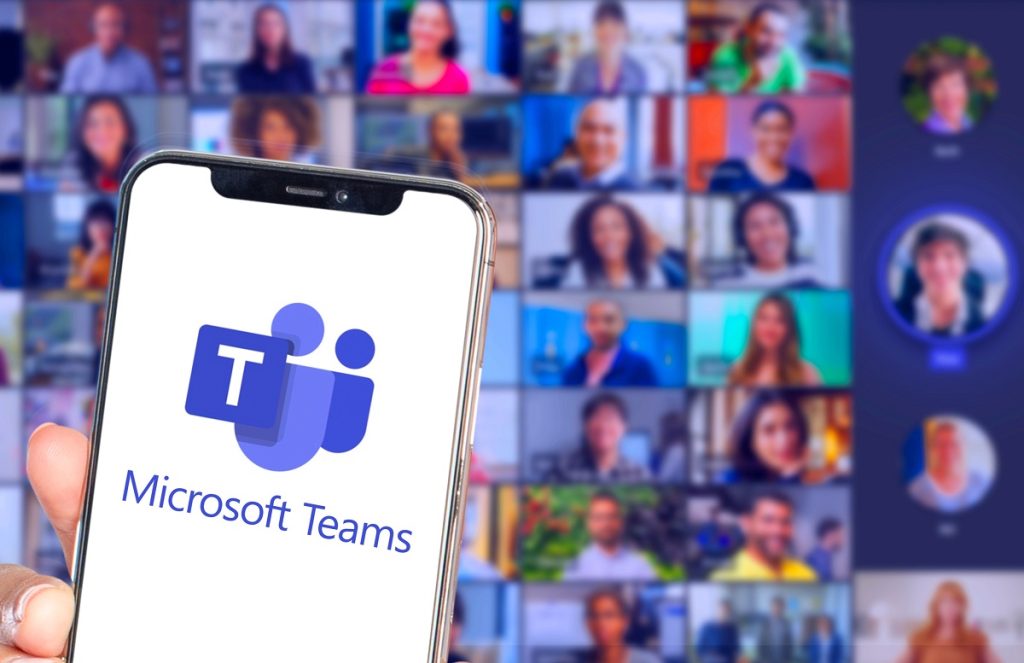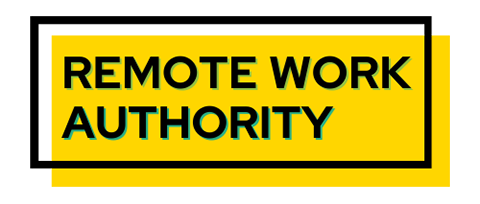Meetings are an important way of conveying information. The trend toward virtual meetings started during the pandemic remains and grows in popularity as all participants see the benefits of conducting these gatherings online.
In recent times, virtual meetings have become an integral part of our work culture. With the rise of remote work, teams rely increasingly on virtual meetings to collaborate, share ideas, and make crucial decisions.
However, conducting virtual meetings is challenging, especially when keeping attendees engaged and ensuring productive outcomes. Establishing clear virtual meeting rules and guidelines will make your virtual meetings more effective and efficient. These rules should cover everything from meeting etiquette to technical requirements and be communicated to all participants in advance.
This article discusses some important virtual meeting rules and guidelines to help you conduct successful virtual meetings.
Table of Contents
Why Are Virtual Meetings So Popular?
Pros For Employers
Virtual meetings enable teams to work together regardless of geographical boundaries, which is particularly important in a globalized world where many companies have a distributed workforce.

They eliminate the need for travel, save time and money, and reduce the organization’s carbon footprint. Virtual meetings are more flexible than in-person meetings, allowing team members to join from any location using various devices. This flexibility allows for more efficient scheduling and the ability to include participants who may have been unable to attend in-person meetings due to travel restrictions or other commitments.
Virtual meetings can be recorded and saved for future reference, making revisiting essential discussions and decisions easier. They are often more productive as they require clear agendas, focused discussions, and active participation, leading to better decision-making and outcomes.
Pros For Employees
Firstly, virtual meetings provide employees greater flexibility and autonomy, as they can participate from any location without commuting or traveling. This leads to a better work-life balance and reduced stress levels.
Virtual meetings allow employees to collaborate and connect with colleagues and stakeholders from different locations and time zones, which broadens their perspectives and helps them build relationships with a diverse range of people.
They can also be more inclusive, allowing greater participation from introverted or shy employees who may feel more comfortable contributing to discussions remotely. Additionally, virtual meetings are more efficient and focused, requiring clear agendas, active participation, and more productive outcomes.

Virtual meetings help employees develop digital skills and experience, which are increasingly important in today’s digital world.
What Is Different About Virtual Meetings?
VIrtuaal meetings have some differences from in-person meetings.
First, they rely on digital communication tools such as video conferencing software, chat features, and screen sharing to facilitate discussions and collaboration.
Second, virtual meetings lack the physical presence and nonverbal cues of in-person meetings, making building rapport and establishing trust among participants more challenging.
Third, virtual meetings require attendees to have a certain level of digital literacy and technical skills to participate effectively. Finally, virtual meetings provide greater flexibility and accessibility, as attendees can join from anywhere and use various devices.
What Traps Do They Hold for Both Sides?
One of the biggest traps for attendees is distractions. Since virtual meetings are conducted online, attendees may be tempted to multitask, check their emails, or browse social media during the session. This leads to a lack of focus and engagement, which negatively impacts the effectiveness of the meeting.
Overbooking, where employees are expected to attend too many virtual meetings in a single day, leads to fatigue and burnout.
On the other hand, organizers may also face technical difficulties and platform compatibility issues. These cause delays and disruptions in the meeting, reducing its effectiveness. Poor meeting management, where the organizer fails to set clear agendas, allocate time efficiently, or manage obstacles effectively, leads to a lack of focus and engagement among attendees, reducing the productivity of the meeting.

Organizers should prioritize effective meeting management, including setting clear agendas, managing disruptions, and encouraging active participation from attendees.
What Equipment is Necessary For Virtual Meetings?
Essential equipment for staging a meeting starts with a device with a webcam and a microphone, such as a laptop, tablet, or smartphone. A reliable internet connection is also necessary to ensure the audio and video quality is clear and stable throughout the meeting. Additionally, reduce background noise and improve audio quality.
Lastly, some virtual meeting software may require additional equipment, such as a specific type of camera or microphone, so checking the requirements before the meeting is crucial.
What Ground Rules Should Managers Set For Virtual Meetings
- Managers should establish meeting etiquette, such as muting microphones when not speaking and avoiding multitasking during the meeting.
- They should set clear agendas and objectives for the meeting to ensure that discussions remain focused and on topic.
- Meeting organizers should allocate sufficient time for the meeting and avoid scheduling meetings back-to-back to allow participants time to prepare and decompress between sessions.
- Managers should encourage active participation and engagement from all attendees to ensure that everyone has a chance to contribute to the discussion.
How Can Managers Make Meetings More Successful?
- Managers should send out an agenda before the meeting, outlining the topics to be discussed and any action items that need to be addressed. This helps participants prepare for the discussion and ensure everyone is on the same page.
- They should choose an appropriate meeting platform, such as Zoom, Google Meet, or Microsoft Teams, and ensure all attendees have the necessary apps and access to the meeting room.
- They should also let people know their role in the meeting, whether to provide updates, ask questions, or provide feedback. Attendees will therefore understand their expectations and allow them to contribute effectively.
- They should be timely and start and end the meeting on schedule to demonstrate respect for attendees’ time and promote productivity.
- Managers should encourage active participation and engagement from all attendees by asking open-ended questions and soliciting feedback throughout the meeting. This will foster a collaborative, inclusive environment that promotes effective communication and decision-making.

What Etiquette Should Attendees Follow?
When working remotely from a home office, it’s important to keep in mind that virtual meetings with co-workers are still professional events and that all participants should treat them as such. Attendees should follow several key etiquette guidelines in virtual meetings.
- Attendees should dress professionally and avoid wearing distracting clothing or accessories.
- They should be on time to ensure that the meeting will start when scheduled to avoid wasting the time of all participants.
- Attendees should ensure they are in a quiet, well-lit space and avoid background noise or distractions.
- Attendees should mute their microphones when not speaking to reduce background noise and avoid disruptions.
- Attendees should avoid multitasking during the meeting and remain attentive and engaged throughout the discussion. Take notes during the meeting to ensure that all important points are captured and shared with the team afterward.
- If you have a question or comment, raise your hand or use the chat feature to communicate with other meeting participants. Avoid side conversations or distractions to encourage full attention during the meeting.
Further Aspects And Information About Virtual Meeting Rules And Guidelines
Virtual meetings have become a common way to conduct business and connect with remote teams. With this new normal, following virtual meeting etiquette rules is important to ensure all participants communicate and collaborate effectively.
Whether it’s a remote meeting with a small group or a team meeting with many participants, following virtual meeting rules and guidelines will ensure a smooth and productive video meeting. By applying these best practices, you create a positive and productive remote work environment where virtual meetings are an effective tool for collaboration and achieving your goals.
Finally, after the meeting, distribute meeting notes and templates to keep everyone on the same page and prepare for the next meeting. With good online meeting etiquette and proper use of video conference tools like Zoom or Slack, remote teams can effectively collaborate and achieve their goals.


